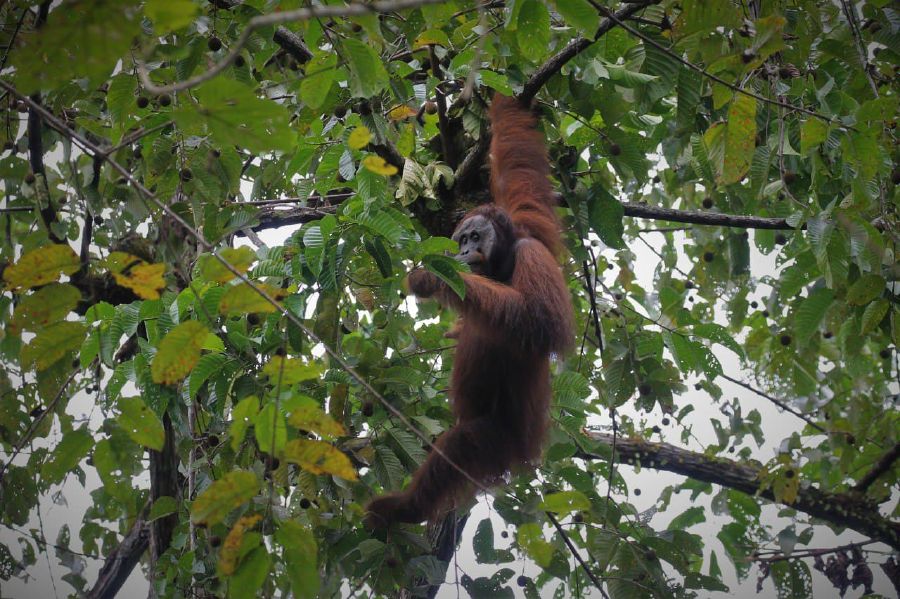By Olivia Miwil - August 17, 2021 @ 5:44pm
LAHAD DATU: Efforts are in place to restore degraded forests and create an ecological corridor in Bagahak, here, to maintain wildlife connectivity between the Tabin Wildlife Reserve and Silabukan Forest Reserve.
WWF-Malaysia's orangutan conservation manager Donna Simon said the 5km-long corridor with a width of 200m will serve as an important movement route for elephants, orangutans and other animals.
The restoration project by WWF-Malaysia will take about five years following an RM1.38 million funding.
The ecological corridor will ensure that both regular movements and periodical migrations of wildlife are unrestricted by human activities.
Currently, no orangutan has been spotted in the Bagahak corridor, as it is still an open area with fragmented riparian forests along a small river.
However, there are an estimated1,000 orangutans in the Tabin Wildlife Reserve and about 50 orangutans in the Silabukan Forest Reserve.
Thus, the connectivity of both forests is crucial to maintain the gene flow between the two orangutan populations.
Apart from the orangutans, a herd of elephants has also been seen using the riparian area to move from Tabin-Silabukan and vice versa.
Donna said the restoration effort took over a decade to complete.
For instance, she said, the 2,400ha Bukit Piton Forest Reserve meant for Orangutan conservation was finally restored in 2019 after WWF-Malaysia started working with Sabah Forestry in 2007.
"The restoration initiative has borne fruit – trees are thriving in the area and various wildlife have been spotted, with the most important sign of success seen in the presence of orangutans there who have been observed using the replanted trees for food and shelter.
"Moreover, baby orangutans have also been sighted, evidence that the species is now thriving where it was once grasping desperately for survival," she said in a statement.
In 1973, Borneo was home to about 288,500 orangutans. By 2016, their numbers had dropped by almost two-thirds, to 104,700.
In Malaysia, the Bornean orangutan numbers have been a positive presence with about 13,000 orangutans in the wild in Sabah and Sarawak collectively.
However, WWF-Malaysia conservation director Dr Henry Chan said the two major threats to orangutan survival include the loss of habitat because of deforestation and the conversion of land to agriculture and infrastructure development.
"In order to secure the survival of the orangutan, there is a need to ensure that the habitat can support orang-utans and degraded habitats are restored," he added.

Comments
Post a Comment